
BLU-RAY VIOLET LASER MODULE
This is a long page with at least 40 images & photographs on it; dial-up users please allow for plenty of load time.



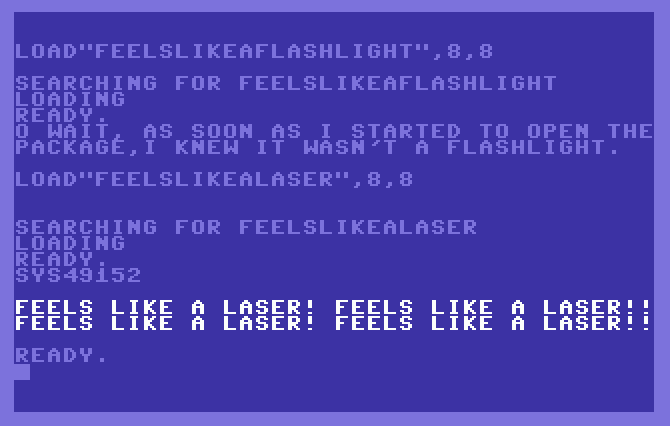

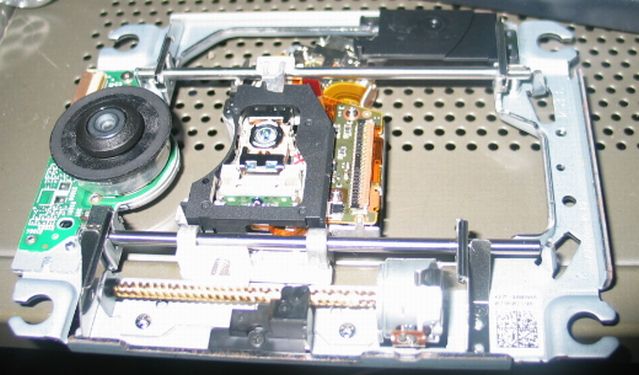

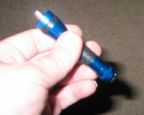 SIZE
SIZE

 Turn the tailcap clockwise (tighten) until it lights. Turn it counterclockwise (loosen) around half a turn and it ought to shut off. The flashlight host body is designed so you can't accidentally overtighten the tailcap; the laser beam will come on when you tighten it all the way, but no harm will be done.
Turn the tailcap clockwise (tighten) until it lights. Turn it counterclockwise (loosen) around half a turn and it ought to shut off. The flashlight host body is designed so you can't accidentally overtighten the tailcap; the laser beam will come on when you tighten it all the way, but no harm will be done.



 Eye damage can occur faster than the blink reflex can protect them, regardless of what species' eyes you irradiate with this laser. So just don't do it.
Eye damage can occur faster than the blink reflex can protect them, regardless of what species' eyes you irradiate with this laser. So just don't do it. 














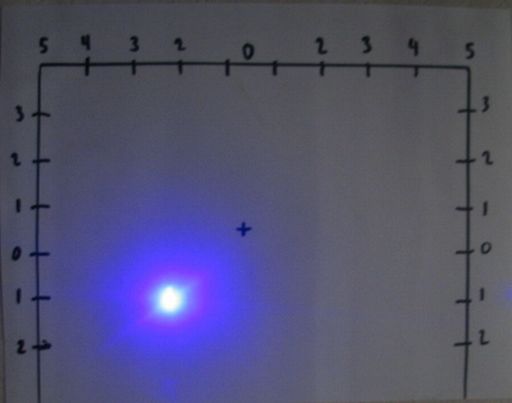
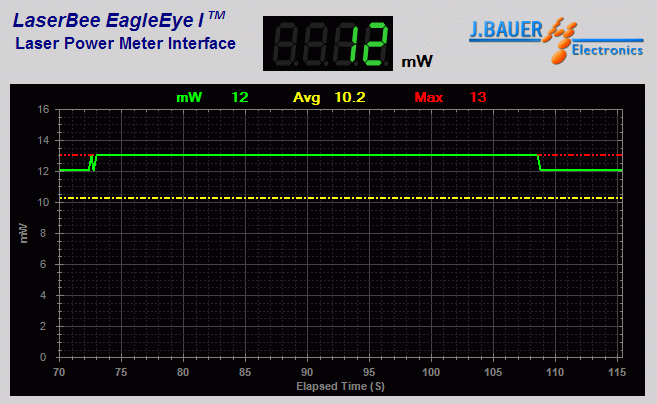
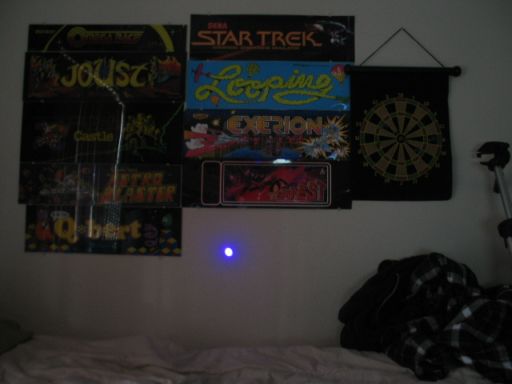
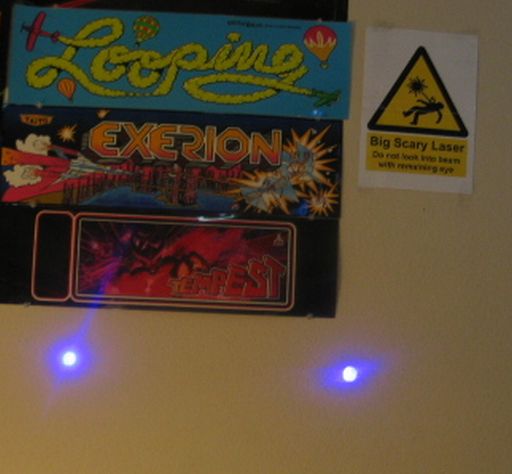
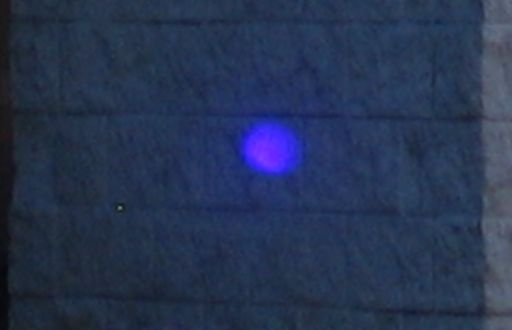
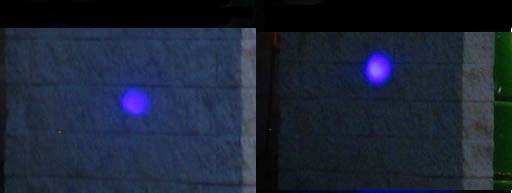
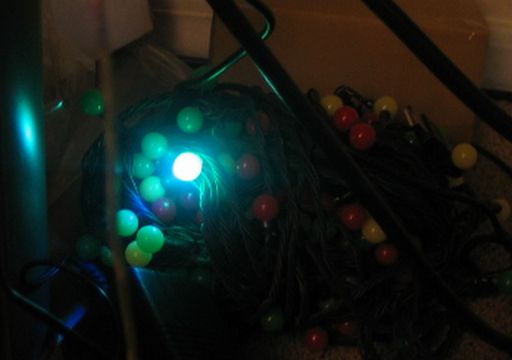
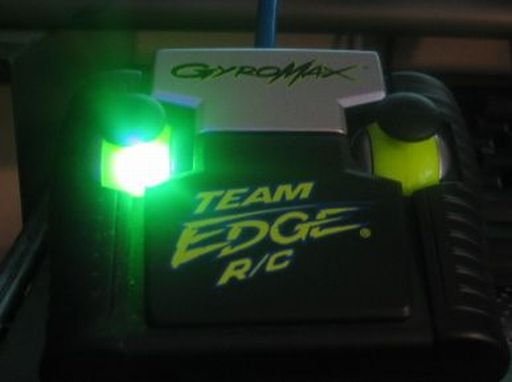
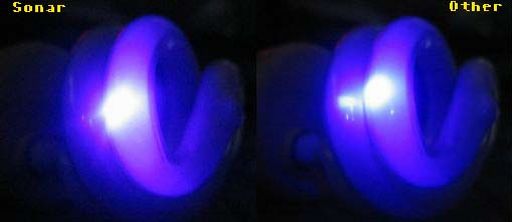
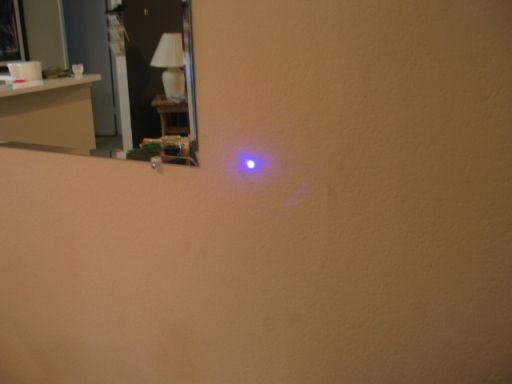
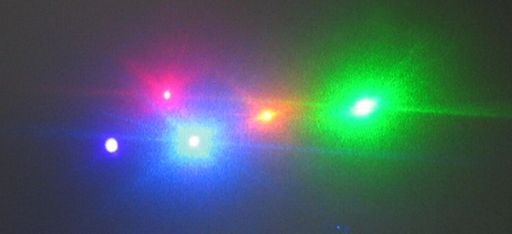
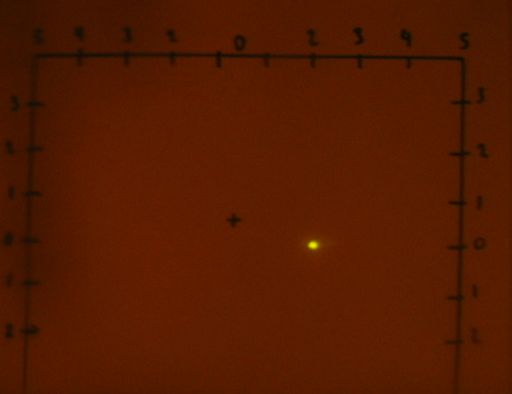
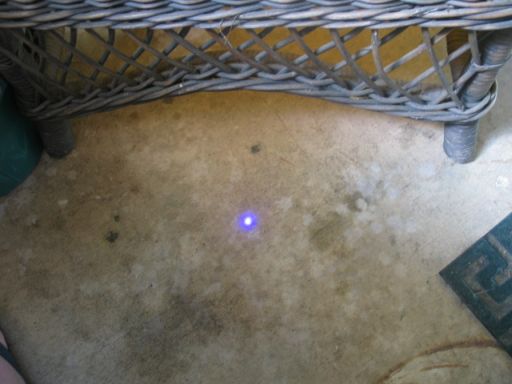
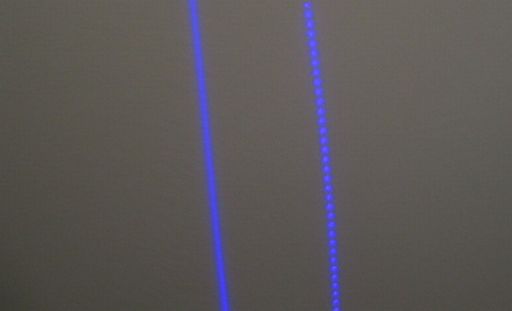
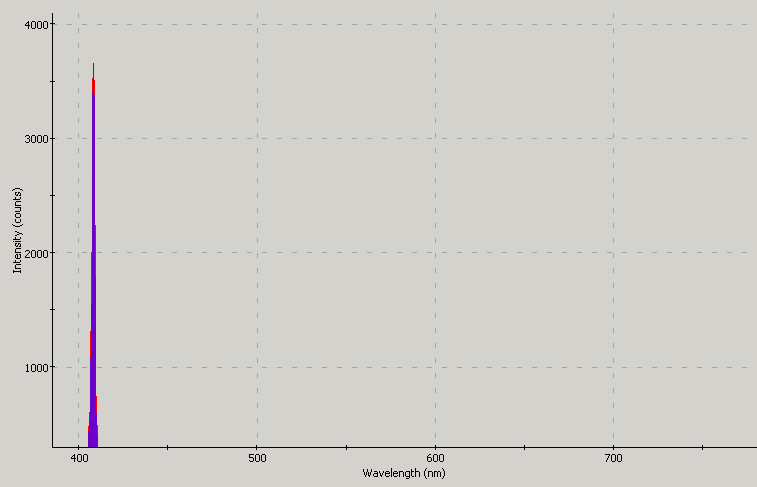
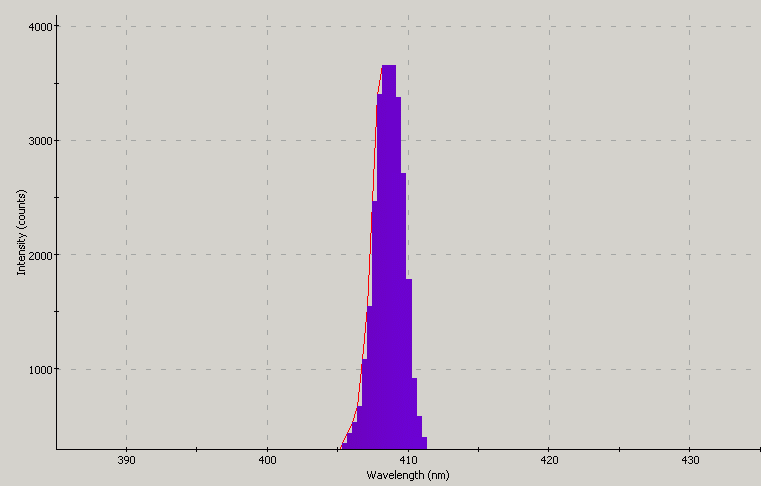
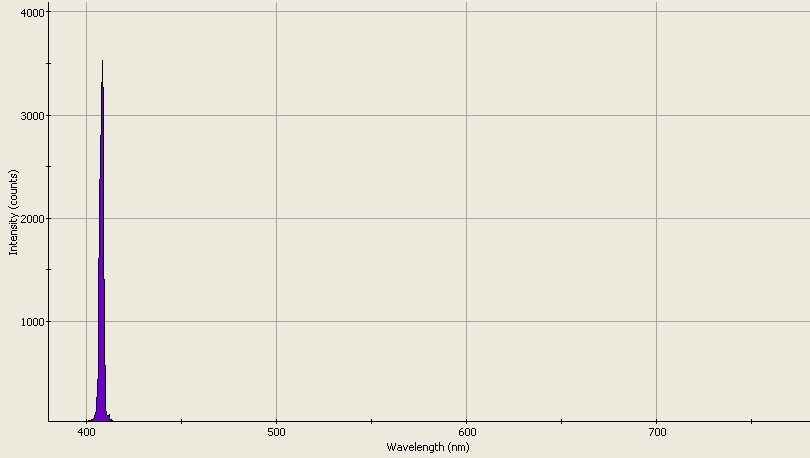
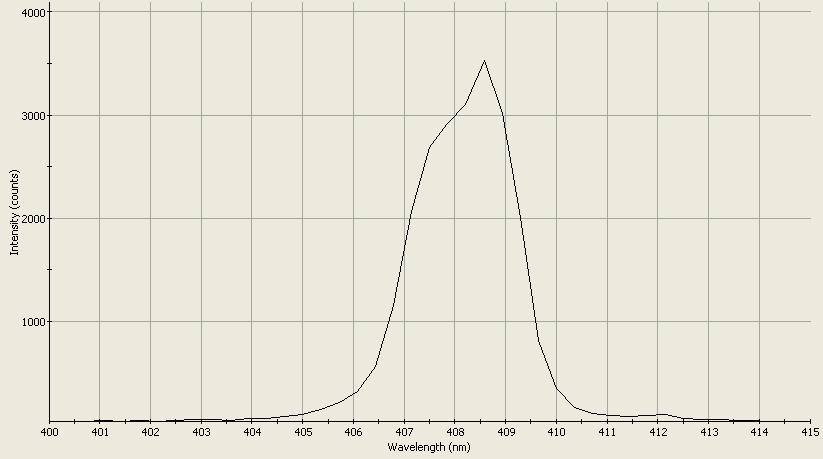
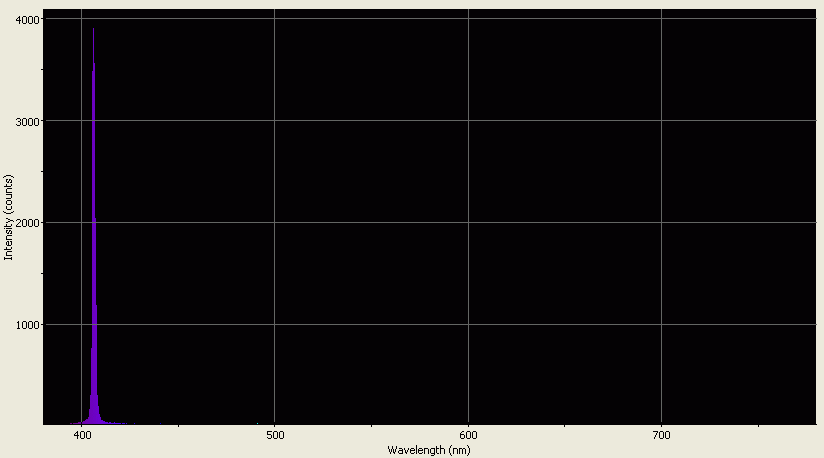
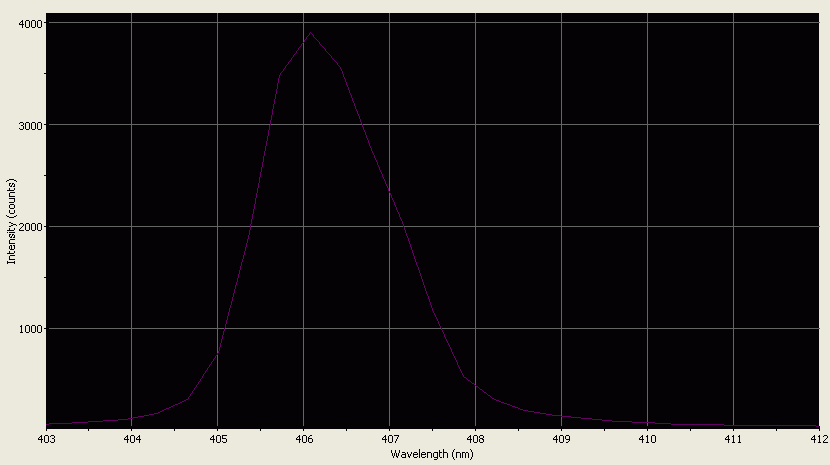
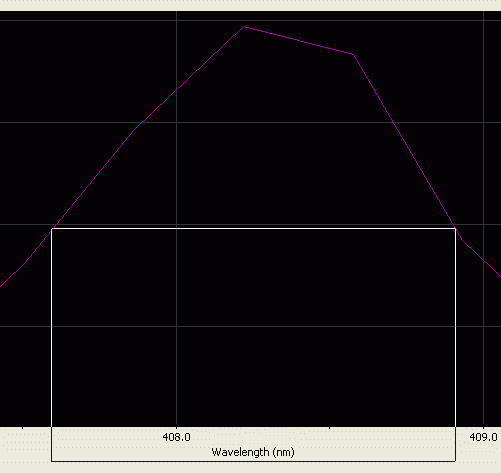
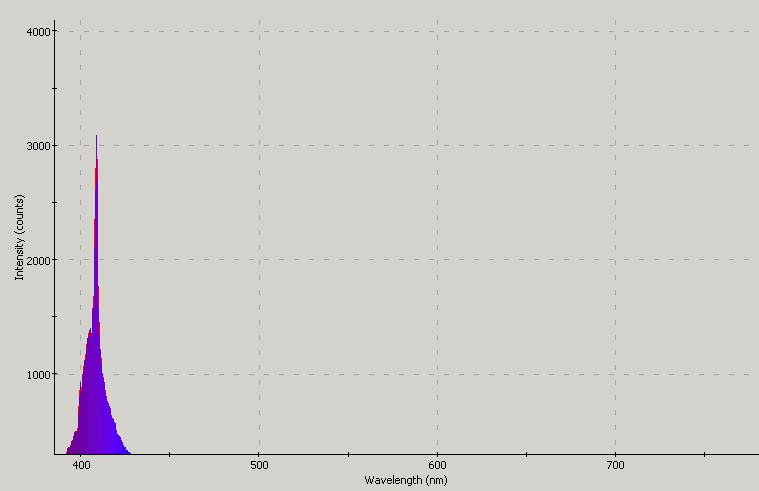
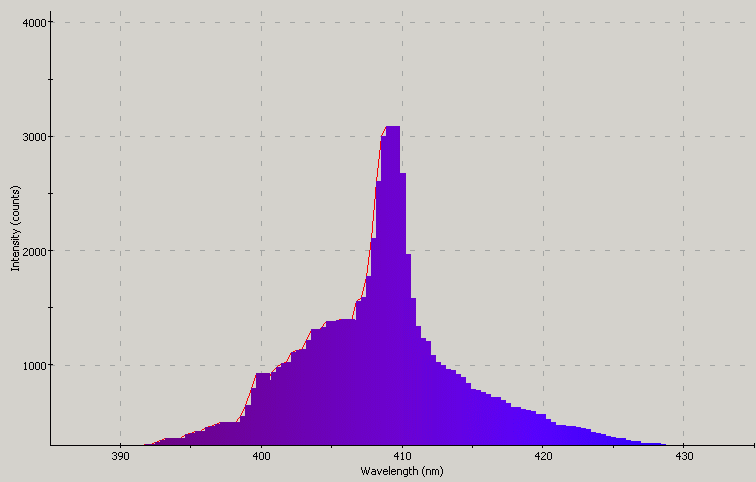
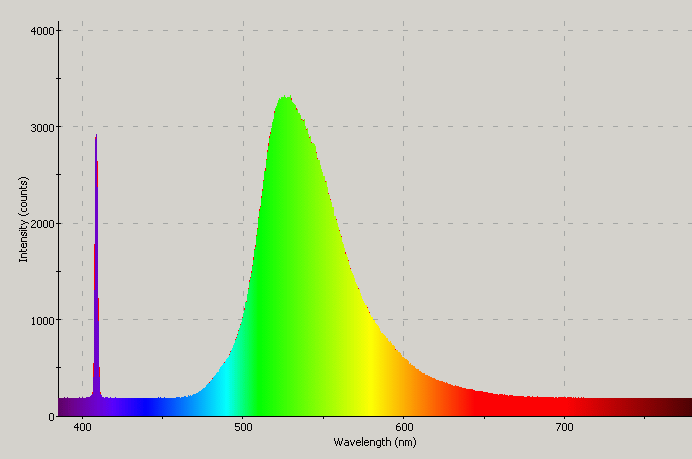
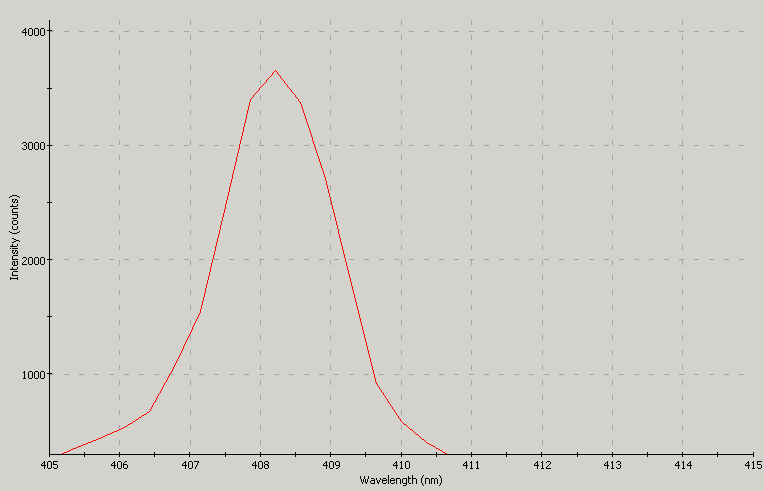

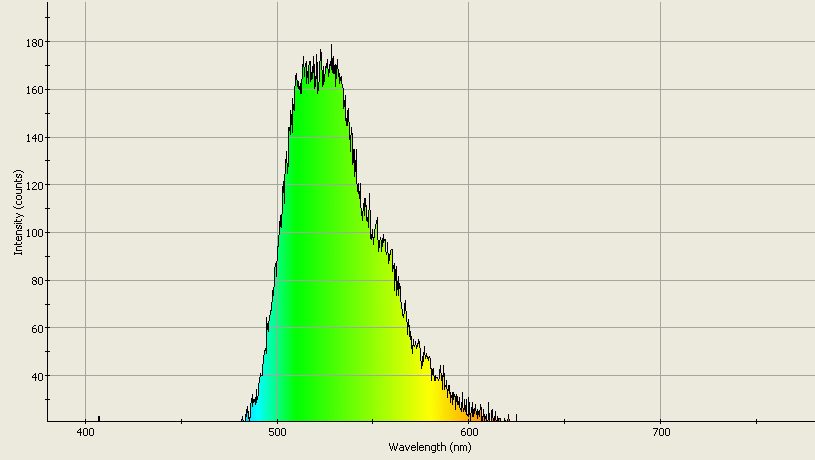


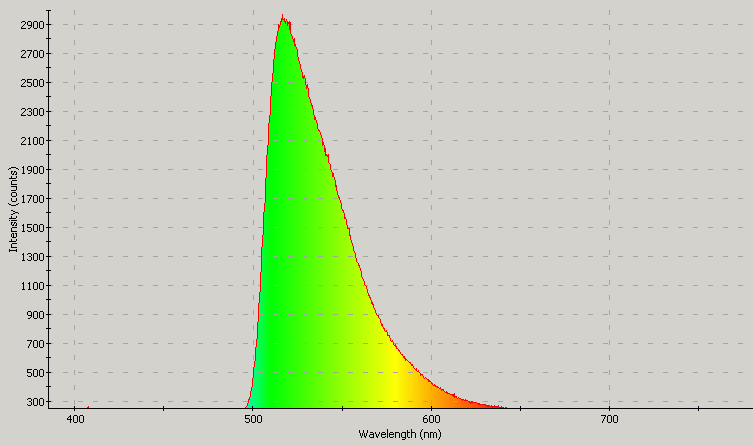
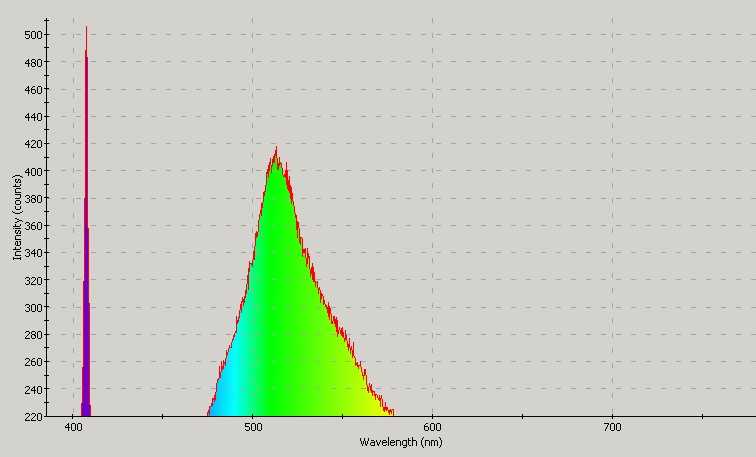
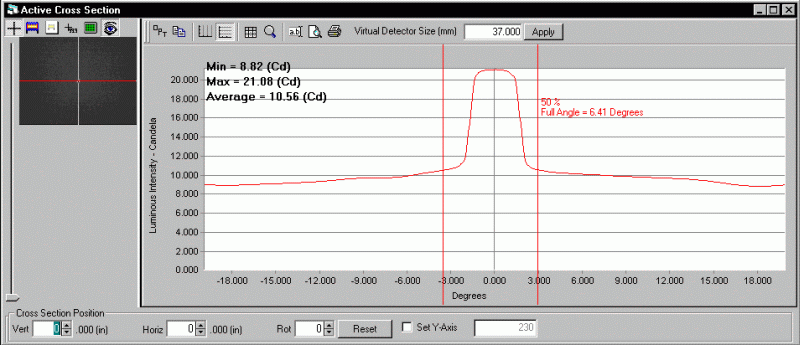






 .
.








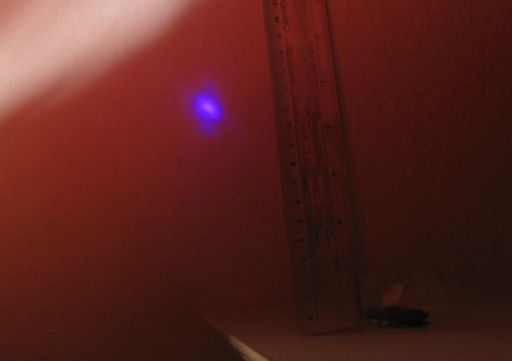









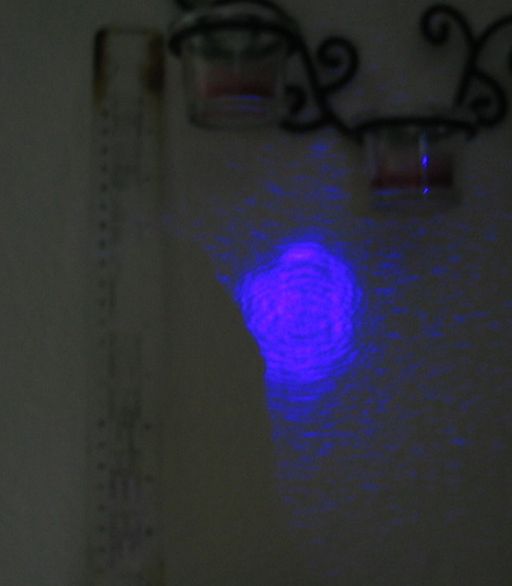














 " icon from my website!!!
" icon from my website!!! 




This page is a frame from a website.
If you arrived on this page through an outside link,you can get the "full meal deal" by clicking here.